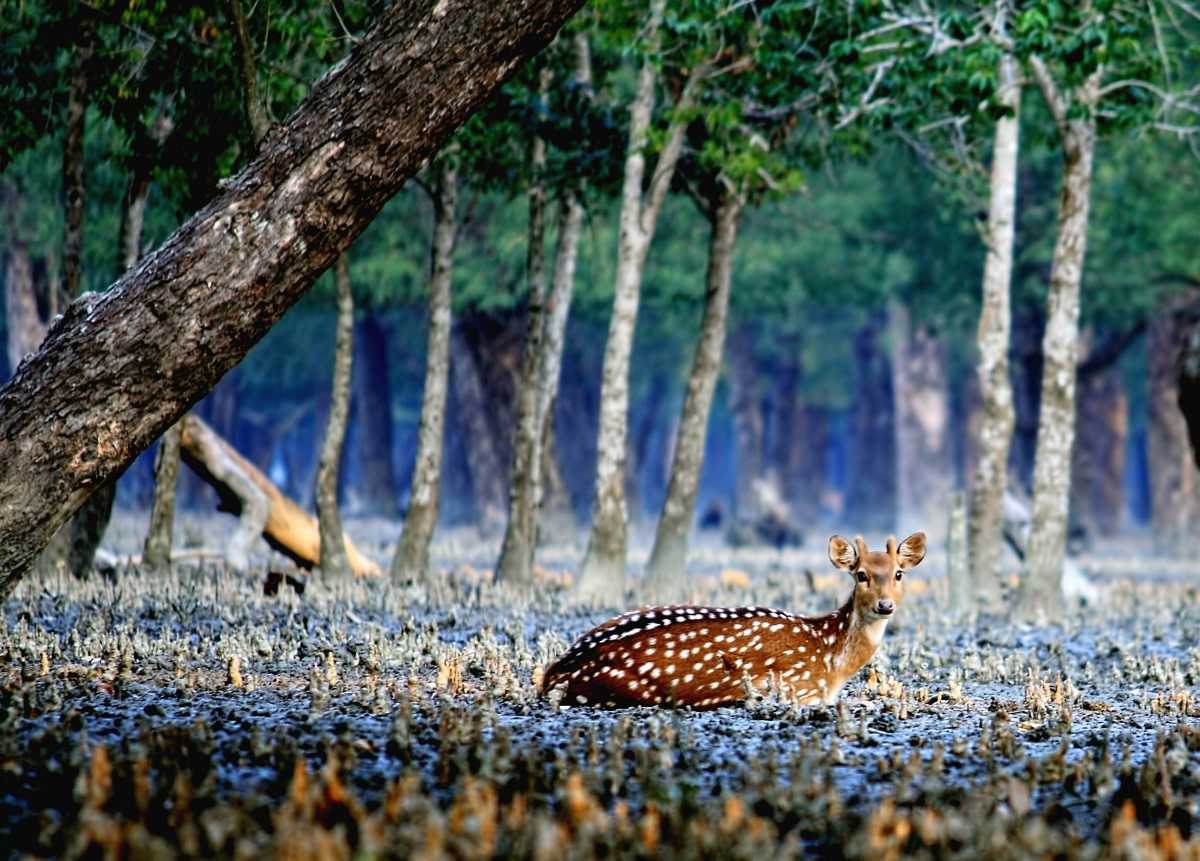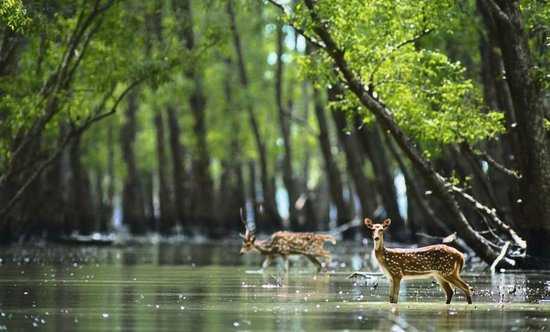September to March are the best months to visit Sundarbans, the winters being the most pleasant period in the region. Summers can be pretty hot and with temperatures and humidity increasing as the months roll on, but can accommodate travel to some extent. The monsoons bring heavy and long showers which makes travelling somewhat difficult but does see tourists who can brave the rains.
| Month | High/Low (°C) | Rain |
|---|---|---|
| January | 23°/ 18° | 3 days |
| February | 25°/ 20° | 0 days |
| March | 29°/ 24° | 2 days |
| April | 30°/ 26° | 7 days |
| May | 32°/ 28° | 4 days |
| June | 32°/ 28° | 13 days |
| July | 31°/ 27° | 24 days |
| August | 30°/ 27° | 28 days |
| September | 31°/ 27° | 20 days |
| October | 31°/ 26° | 15 days |
| November | 28°/ 24° | 3 days |
| December | 25°/ 19° | 1 days |

